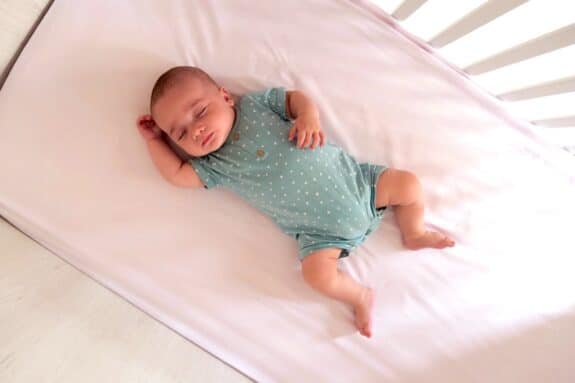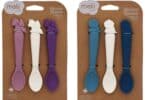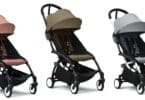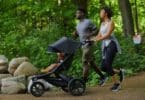A recent report from the U.S. Consumer Product Safety Commission (CPSC) reveals that injuries and fatalities connected to nursery products remain a significant concern for children under five years old. The report, titled Injuries and Deaths Associated with Nursery Products Among Children Younger than Age Five, shows an alarming average of over 170 infant deaths each year between 2019 and 2021 linked to nursery items. The leading cause was unsafe sleep environments—specifically those involving soft bedding in cribs, playpens, or bassinets, which contributed to 126 fatalities over the three-year span.
The CPSC’s findings for 2019-2021 include:
- A total of 523 deaths reported in children under five, with an annual average of 174 deaths related to nursery products.
- The majority (76%) of these fatalities were associated with cribs, bassinets, playpens, inclined sleep products, and infant carriers.
The report also underscored racial disparities in these fatalities. African American children, who represent 15% of the population, accounted for 33% of the nursery product-related deaths with known racial data during the same period.
In observance of Baby Safety Month this September, the CPSC is urging parents and caregivers to ensure that infants sleep only in approved, safe sleeping products like bassinets, cribs, or play yards that meet federal standards. These environments should not include soft bedding, and infants who fall asleep in other areas should be transferred to a safe sleeping space.
“Babies are not small adults. They don’t require pillows or blankets to feel safe while they sleep,” CPSC Chair Alex Hoehn-Saric emphasized. “The safest sleep setting for a baby is a firm, flat surface without any soft items. A crib, bassinet, play yard, or bedside sleeper with just a fitted sheet is all that’s needed.”
The CPSC recommends these essential safety steps for infant sleep:
- Back to Sleep: Always place babies on their backs for sleep to lower the risk of sudden unexpected infant death syndrome (SUIDS) and suffocation.
- Bare is Best: Keep the sleep space free of pillows, crib bumpers, quilts, or comforters. Only a fitted sheet should be used to prevent suffocation hazards.
- Safe Transfer: If a baby falls asleep in a swing, bouncer, or similar product, transfer them to a firm, flat sleep surface like a crib or bassinet.
- Avoid Inclined Products: Products with angles greater than 10 degrees, such as rockers or gliders, should never be used for sleep. Babies should also not be left unsupervised, unrestrained, or with soft bedding in these items due to suffocation risks.
To further safeguard infants, the CPSC is implementing its recently established Infant Sleep Products rule, aimed at reducing nursery-related fatalities.
By following these guidelines, parents and caregivers can take vital steps toward ensuring their babies sleep in the safest possible environment.
More Parenting News:







